DIVERSITY IN LANDSCAPE
How can diversity apply to your landscaping needs?
To create a beautifully unique, sustainable, pest- and disease-free urban landscape, it is best to use many different species of hardy trees and shrubs! A desirable urban landscape can also be achieved by incorporating native plant species, as they will attract birds, bees and butterflies while offering vibrant colours to enjoy all year long.
Limiting the spread of invasive diseases and pests is also important and can be avoided by using various plant species while maintaining the same aesthetic goal. A disease that affects one plant may not always affect another. For instance, the Cottoneaster shrub is a very common shrub used to create hedges. Unfortunately, this shrub is one of the favourite habitats of the Oyster Shell Scale, a very invasive pest, so we no longer recommend planting this shrub. Fantastic replacement shrubs that are pest- and drought-resilient are the native Potentilla (Dasiphora fruticosa) or Sage (Artemisia Cana). Using these alternative shrubs will produce a very similar aesthetic for your landscape without the negative effects of invasive pests.
Alberta summers are short-lived, so we have to appreciate every second we get! Four season beauty in Alberta is achievable through the various textures and colours that many types of plant material can offer to different landscapes.
Think twice about irrigation:
After trees are rooted in - typically two years after planting - they should only require rain water or possible light hand-watering on hot, dry summer weeks.
Some irrigation systems will turn on too frequently or not run long enough. This will encourage root systems to stay fairly close to the surface level rather than growing deeper into the soil.
Perennial beds will benefit from water, however, beds with mostly shrubs and trees will not benefit and will typically remain stunted in growth or may decline in health.
Irrigation systems are prone to repairs, maintenance is required in the spring and fall, and they are easily knocked off the set root, sometimes resulting in watering in the wrong spot.
Have questions about your plants and trees? Feel free to give us a call or send us a message – we are happy to help!

